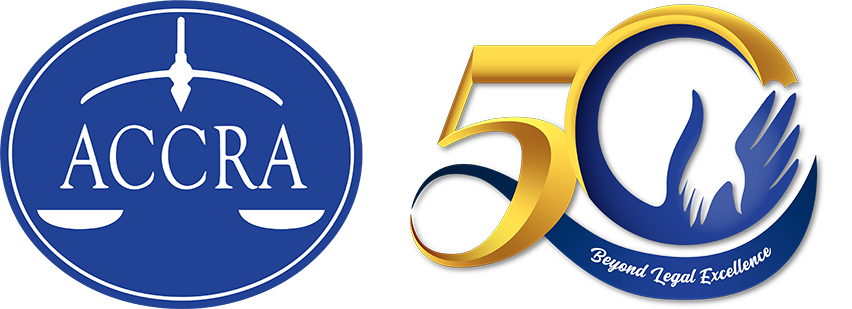One of the common disputes within corporations is the matter of stock ownership, which is material to determine quorum, voting rights, right to dividends, right to inspect corporate records, preemptive rights, among others.
In determining stockholder status, the stock and transfer book still remains as the primary basis. This is the pronouncement of the Supreme Court in the recent case of Lopez v. Lopez, et al. (“Lopez”).
Stock and Transfer Book v. General Information Sheet
In Lopez, Petitioner therein together with her children, filed two (2) separate complaints for election contest before separate lower courts to nullify the convening of special stockholders’ meetings and the elections of board of directors for several corporations, for being tainted with legal infirmities.
Petitioner and her children claimed that they were excluded from participating in the meeting and elections. Further, despite Petitioner’s children being recorded as stockholders in the General Information Sheet (“GIS”), their proxies were prevented from attending and participating in the special stockholders’ meeting and elections of the board of directors by the respondents. Petitioner claimed that she walked out of the venue since she was not allowed to have her lawyer present during the meetings. Thus, they alleged that their exclusion resulted in the failure to reach quorum and thus made the resulting meeting and elections null and void.
Respondents countered that Petitioner’s children are not considered stockholders since their names are not listed in the stock and transfer book. As such, their presence and participation are not required to attain quorum.
The lower courts ruled in favor of Petitioner and held that the special stockholders’ meetings and elections for the subject corporations are null and void. Petitioner and her children are considered stockholders considering that they appeared and are listed as such in the GIS submitted to the SEC, notwithstanding the fact that their names are not listed in the stock and transfer book.
Upon appeal, however, the Court of Appeals reversed and set aside the lower courts’ rulings and upheld the validity of the meetings and the elections conducted.
When the case reached the Supreme Court, it initially reversed the Court of Appeals’ ruling through its Decision dated 15 June 2022 and held that the subject corporations should have referred to the GIS, instead of the stock and transfer book, as the latest GIS would have given a “more accurate representation of the actual stockholdings” to determine whether or not quorum was constituted during the meeting and in view of the “undisputed findings of the court a quo that the entries [in the stock and transfer book] were of doubtful veracity.”
On motion for reconsideration and after reexamination of the records and the factual backdrop of the case, the Supreme Court, through its Resolution dated 21 April 2025 reversed its 2022 Decision and ruled that the stockholders’ meetings and resultant elections of the board of directors of the subject corporations were validly conducted and must be upheld.
In reversing itself and upholding the validity of the stockholders’ meetings and resultant elections of the board of directors, the Supreme Court reiterated the rule that the stock and transfer book of a corporation is the primary basis for determining the stockholders of a corporation, as it is only when the transfer of shares has been recorded in the stock and transfer book that a corporation may rightfully regard the transferee as one of its stockholders.
Such Resolution aligns with previous pronouncements of the Supreme Court in F & S Velasco, Co., Inc. v. Madrid and Lao v. Lao, where it consistently held that the stock and transfer book should be the primary basis in determining the shareholders of a corporation. The Supreme Court likewise emphasized that between the stock and transfer book and the corporation’s GIS, the former is controlling. The mere inclusion as shareholder in the GIS of a corporation is by itself, insufficient proof that such person is a shareholder.
Stock and Transfer Book - Not Conclusive
In Lao, the Supreme Court notably identified other evidence that may be presented to prove that one is a stockholder of a corporation in order to overcome corporate records: a certificate of stock issued in the stockholder’s name is prima facie evidence that the holder is a stockholder of a corporation, and in the absence thereof, other documentary evidence, such as a deed of assignment, or any similar instrument, may be presented to establish how the alleged stockholder acquired or came into ownership of the shares of stock. Hence, while courts may give strong weight to entries recorded in a corporation’s stock and transfer book, it is not conclusive and can still be overcome by parol evidence to supply omissions, explain ambiguities, or to impugn the corporate records.
In Lopez, the Supreme Court held that, unless otherwise proven to be irregular, the general rule that the stock and transfer book is considered as primary basis to determine stock ownership, applies. In the same case, however, Petitioner’s children failed to establish their status as stockholders by mere presentation of the subject corporations’ GIS. Likewise, they did not possess any certificates of stock issued in their names, nor did they show any document to prove their ownership of shares therein. Further, they failed to explain how they came to acquire the subject shares. Accordingly, their exclusion from the special stockholders’ meetings and the resulting elections had no effect and cannot serve as a ground to nullify the same.
Duty of Stockholders and the Corporation
In light of the foregoing, it is the stockholder’s burden to prove their stockholder status in a corporation. The stockholder must ensure that (i) his ownership is recorded in the corporation’s stock and transfer book, (ii) he is in possession of supporting documents, including but not limited to: certificate of stock, transfer documents evincing proof of purchase or acquisition, and/or proof of payment of transfer taxes. Corollarily, it is the corporation’s duty to align and update its corporate records with actual stock ownership and to safekeep supporting documents to avoid disputes involving stockholder status.
This article was first published by BusinessWorld at bworldonline.com. It is only for general informational and educational purposes and is not offered as and does not constitute legal advice or opinion.
Ry Jordane V. Reyes is an Associate of the Angara Abello Concepcion Regala & Cruz Law Offices (ACCRALAW), Cebu Branch.
[email protected]
(6332) 231 3614




